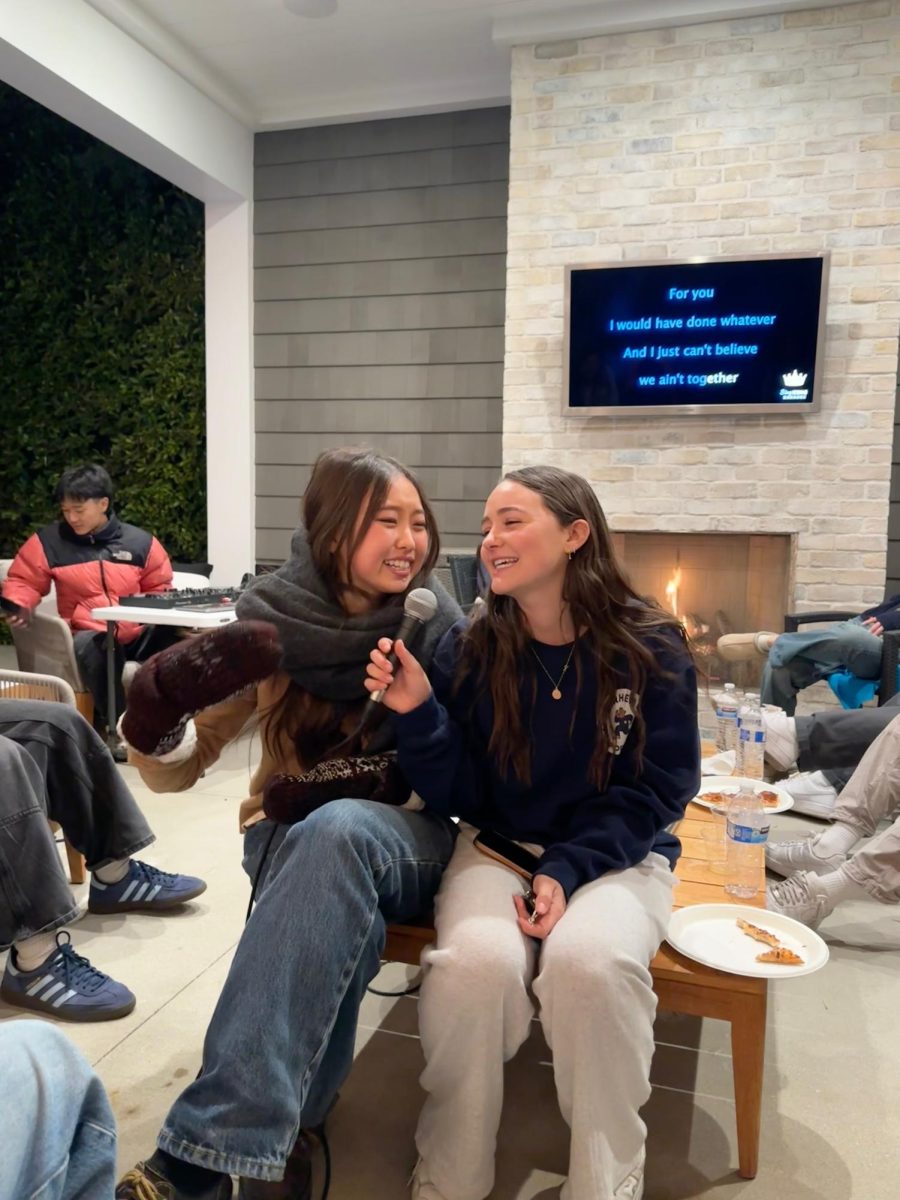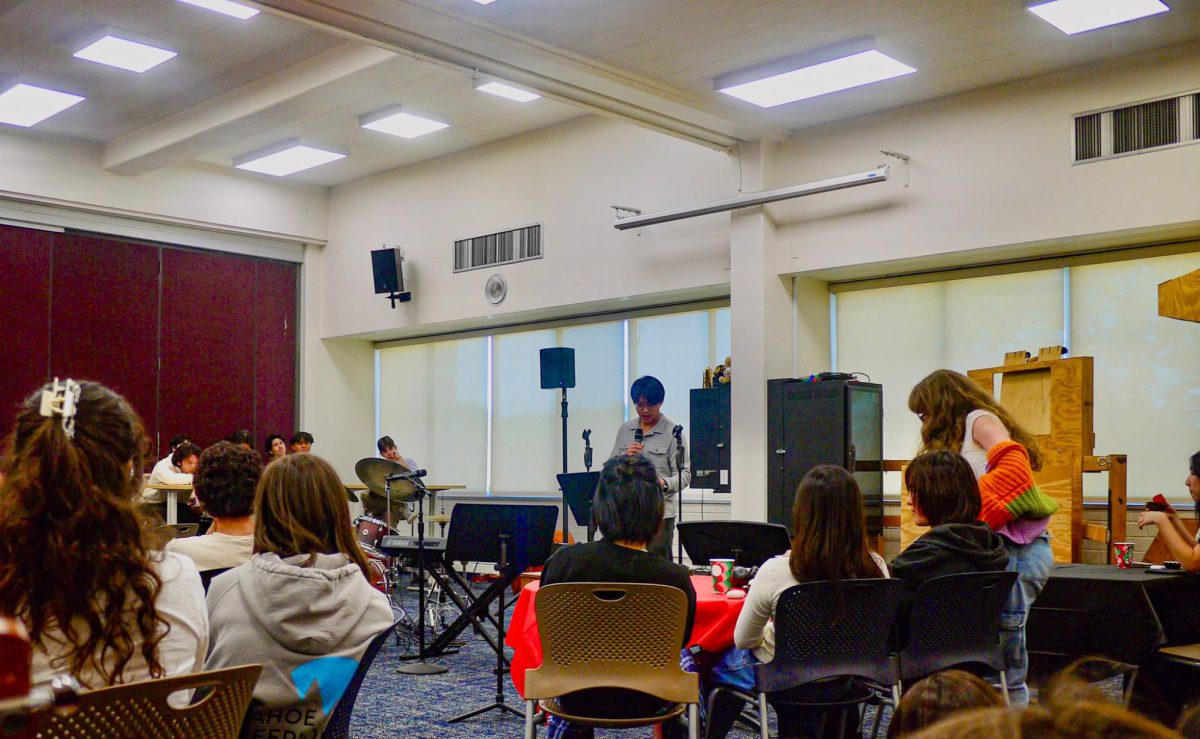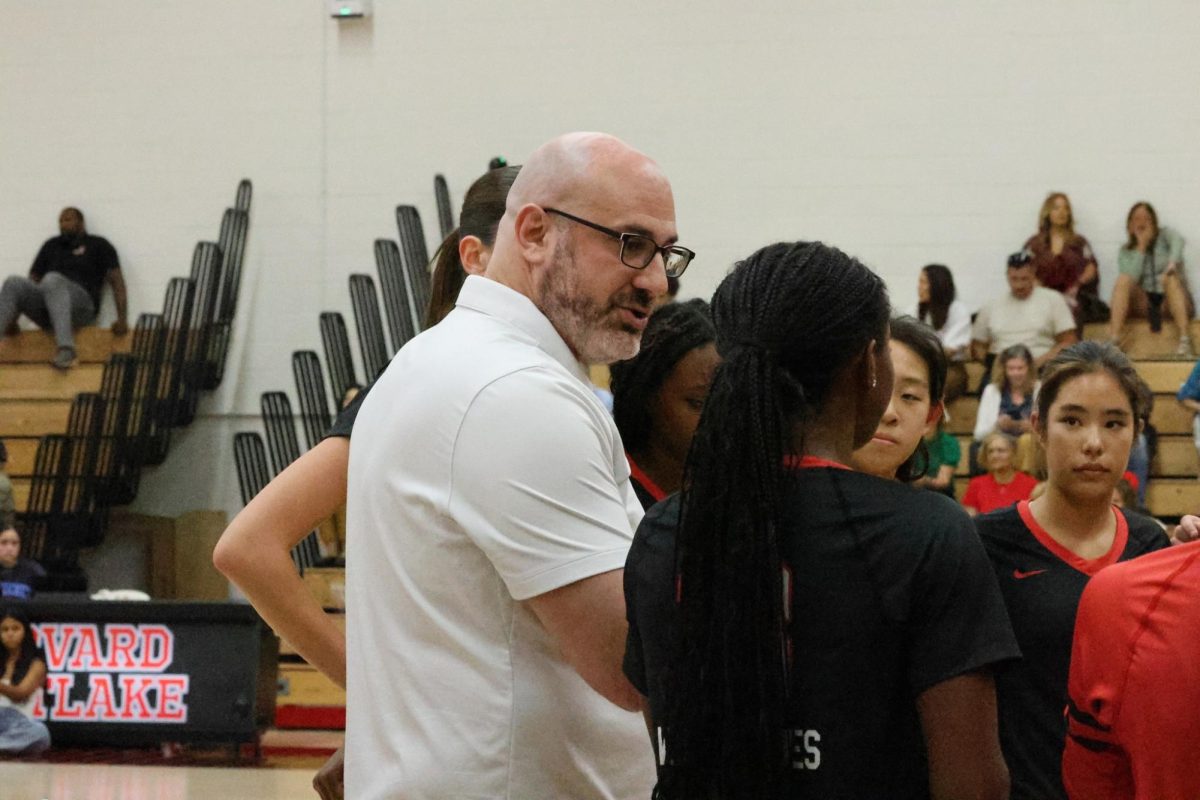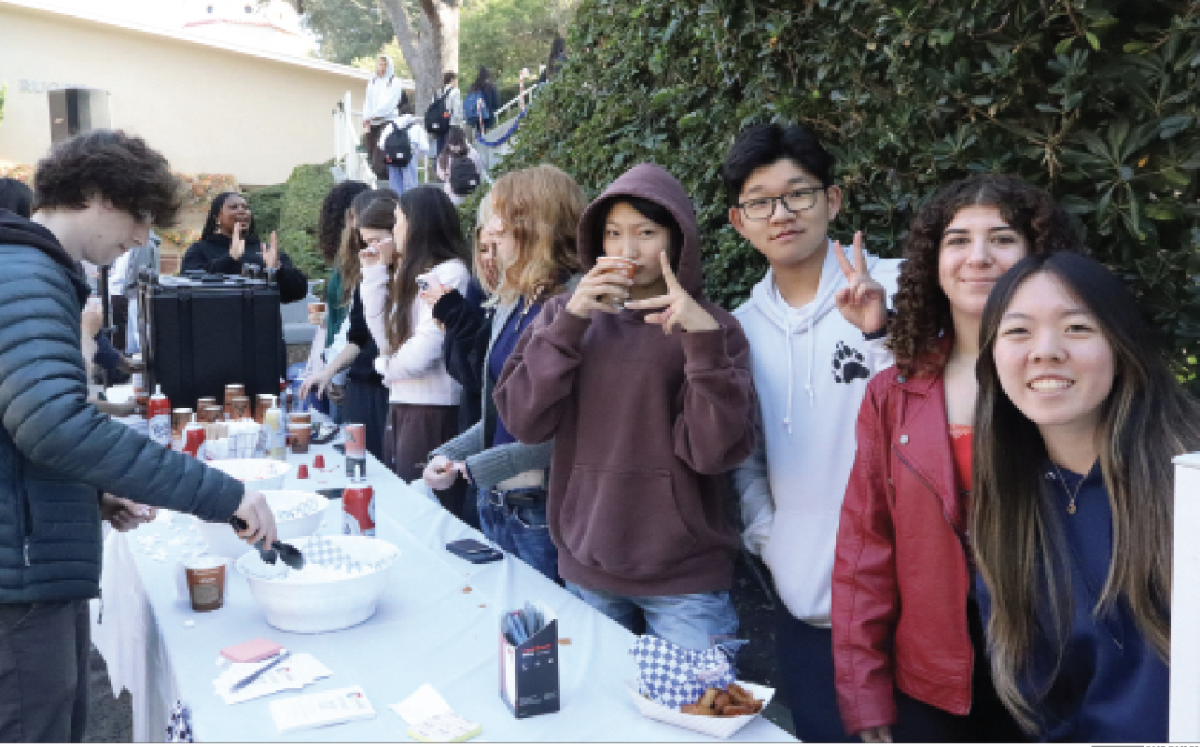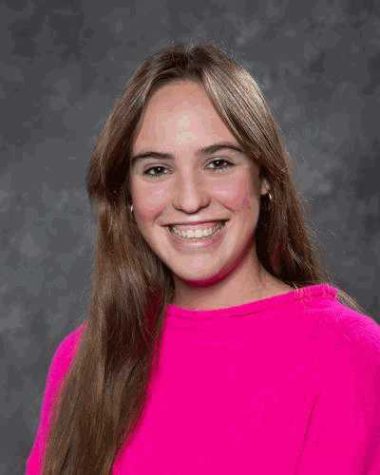The anniversary of Martin Luther King Jr. Day, which many view as especially poignant this year, occurred Monday after a year full of awareness of the country’s systematic racial injustices.
Alex Chon ’21 said that he feels major events in 2020 contributed to the significance of the holiday this year.
“I think that regardless of the recent racial tensions, Martin Luther King Jr. Day has carried a different significance to some, but the recent events have definitely amplified that disparity,” Chon said.
History of Martin Luther King Jr. Day
First celebrated in 1986 under President Ronald Reagan and celebrated annually on the third Monday of January, Martin Luther King Jr. Day commemorates the life and legacy of the late civil rights activist. A minister, social activist and Nobel Peace Prize winner, King dedicated his life to the service of others. Born in Atlanta, Ga. on January 15, 1929, King co-founded the Southern Christian Leadership Conference in 1957 and served as the co-pastor of Ebenezer Baptist Church alongside his father, the Rev. Martin Luther King Sr., from 1960 to 1968.
In 1963, King led the March on Washington and gave his iconic “I Have a Dream” speech, which called for Black civil rights. 250,000 people attended, according to The Nobel Prize. King started a global movement of nonviolent protest, inspiring other revolutionary figures such as Nelson Mandela in South Africa. Five years after he preached peace and equality in his famed speech, King was assassinated standing on his motel balcony by a sniper in Memphis, Tenn.
The DEI team has expanded their antiracist initiatives over the past school year
The killing of George Floyd on May 25, 2020, heightened awareness around racial injustice in many American institutions, specifically ones regarding the police, bringing with it a racial reckoning.
In response to the year’s tumultuous events, the school’s Diversity, Equity and Inclusion (DEI) department increased efforts to combat racism and injustice on campus. The department hired two new DEI coordinators, Yutopia Essex and Reb Limerick, in addition to hosting a series of Courageous Conversations (discussions designed to directly address DEI issues), holding various DEI training sessions and inviting guests to speak to students about their experiences in DEI.
Director of Diversity, Equity and Inclusion Janine Jones said that the DEI office continues to fight against racism on campus.
“The Office of DEI has been incredibly inspired by a wide variety of individual members of the HW community and picking up the mantel of dismantling systemic racism in their own ways,” Jones said. “For example, Prefect Council and SLIDE underwent implicit bias training and have worked together closely to ensure that some of the Community Time blocks are dedicated to all of our growth in this area.”
Students share differing views on recent DEI work
Although many students support the work done by the DEI team, others, such as Rafael Singer ’21, disagree with changes brought about through the department’s initiatives.
“I think the school has done a fairly good job of highlighting current discussions about race in America without being too overtly partisan,” Singer said. “However, I think that they might have gone a little too far in trying to rework the curriculum in the pursuit of equity .”
Black Leadership and Culture Club (BLACC) leader and Student Leaders for Inclusion, Diversity and Equity (SLIDE) Co-Chair Cameron Herring said the school has made notable progress but still has room to grow in terms of leading more anti-racist initiatives.
“The ongoing struggle, in my opinion, lies in making sure that the entire student body stays engaged with these issues regularly and that it does not become a one time thing,” Herring said. “Diversity work requires all of our student and faculty body to be on board with holding difficult discussions regarding equity, racism at [HW], etc. on an ongoing basis. We still need work in that department to be frank. However, there has been a much larger outpouring of people at least willing to listen to what [students who identify as people of color] struggle with at this school.”




























